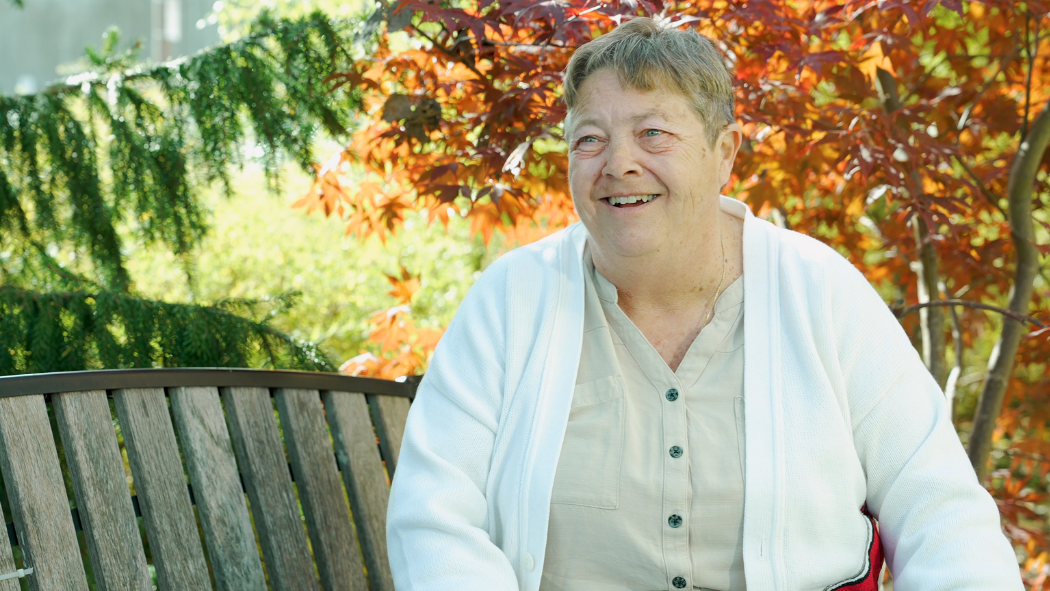
November 16, 2023
November 16, 2023 marks STOP Pressure Injury Day, also known as Worldwide Pressure Injury Prevention Day. Led the National Pressure Injury Advisory Panel (NPIAP), the objective of Worldwide Pressure Injury Prevention Day is to increase awareness about pressure injury prevention and to provide education to the public on this topic.
Beccy’s story is just one of many, as it is estimated that one in four people in Canadian health-care settings experience a pressure injury on any given day. This is despite the fact that up to 70 per cent of pressure injuries are preventable1.
What is a pressure injury?
A pressure injury is a wound that results from ongoing pressure. This is usually over a boney area of the body or related to a medical device. You might know this kind of injury as a bed sore or pressure ulcer. The impact of pressure injuries can range from mild discomfort and a wound that heals all the way to an ongoing, hard-to-heal wound that can be very difficult to manage and even result in death. All patients are at risk of developing a pressure injury, regardless of age.
The economic cost of treating a single pressure injury ranges from CAD $26,800 to $231,000 [in 2017] and treating pressure injuries can increase nursing care hours by up to 50 per cent. In Canada, one month of care in the community for a pressure injury costs CAD $9,0002.
What should I know about preventing pressure injuries?
Patient-specific interventions
This can be done by observing which parts of the body are most susceptible to pressure, as well as the positions that put the most pressure on them. This can then help you get an idea of what sort of relief might be helpful.
Skin assessments
This can be done by observing the skin for discoloration or marks in areas where one feels pressure or discomfort. Please keep in mind that depending on the tone of one’s skin it may be more difficult to determine if there is redness or discolouration. While observing the skin can help to determine whether or not there is a pressure injury forming, it should not be the only means.
Support from loved ones
While all staff are educated on the importance of preventing pressure injuries, we cannot do it alone! If you or your loved one is in hospital, there are things you can do to help. This includes encouraging nutritious meals and snacks, limiting the amount of clothing or bed sheets between skin and the bed surface and encouraging movement (within their restrictions). Ask your health care team what interventions you can help with!
To learn more about Pressure Injuries, and Worldwide Pressure Injury Day, visit Wounds Canada.